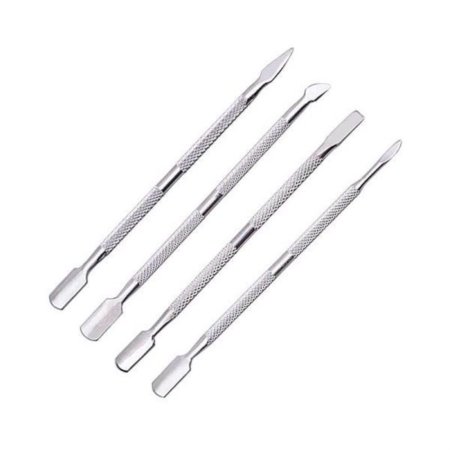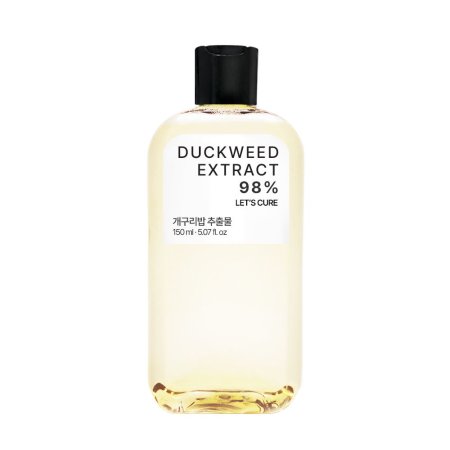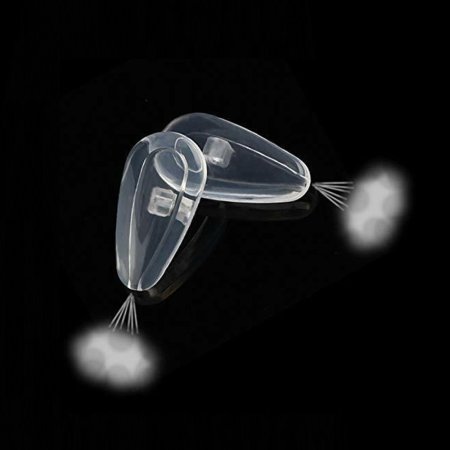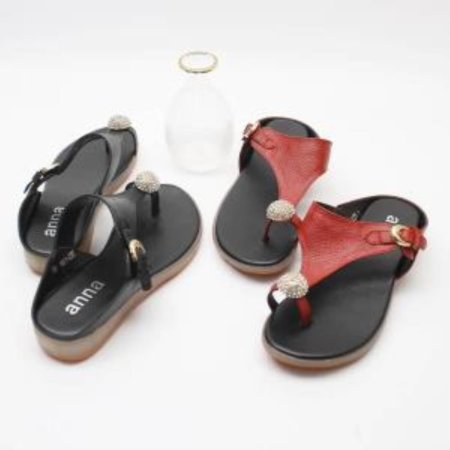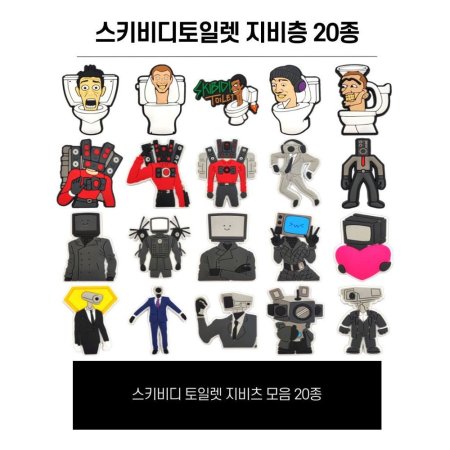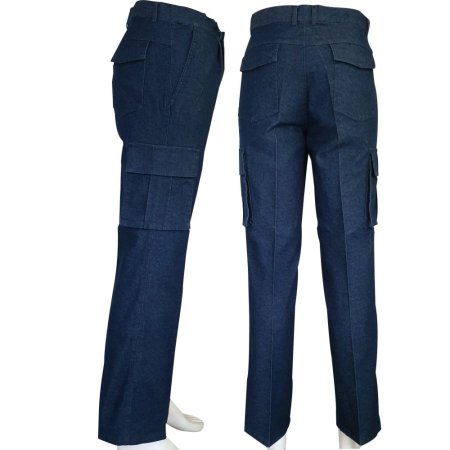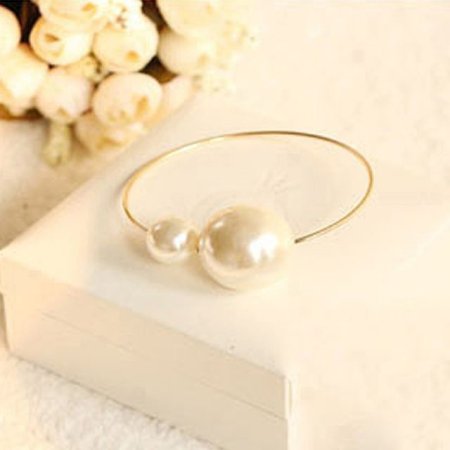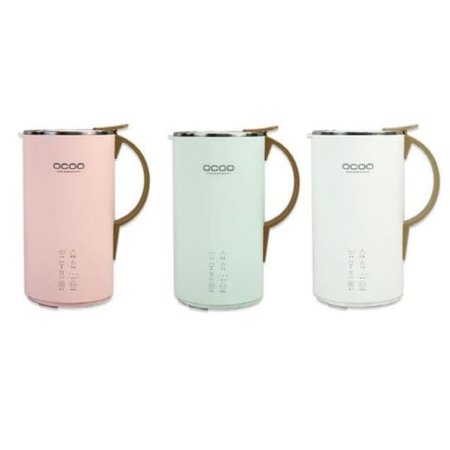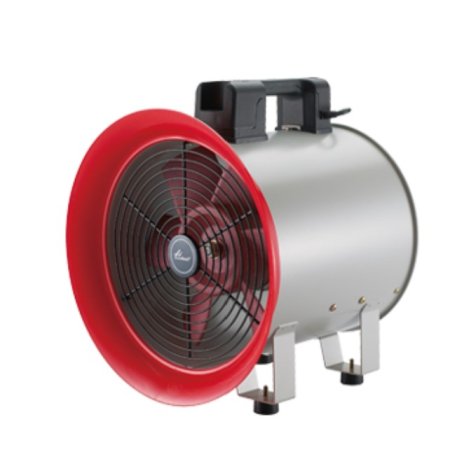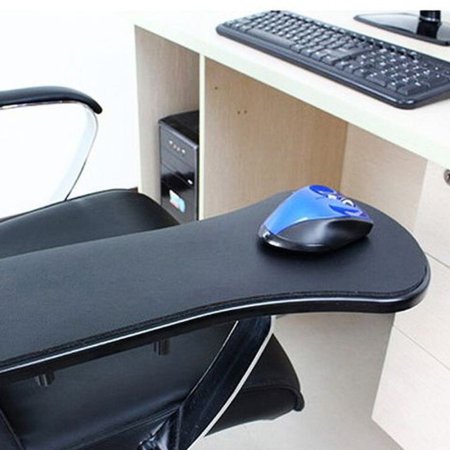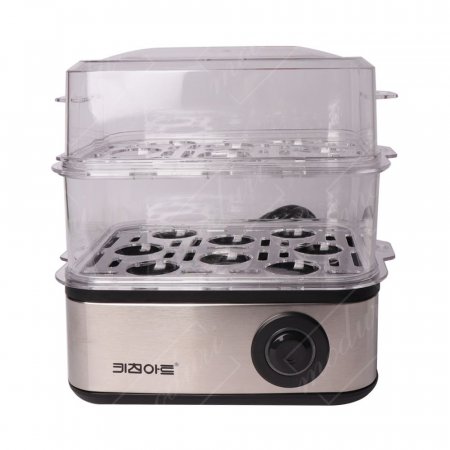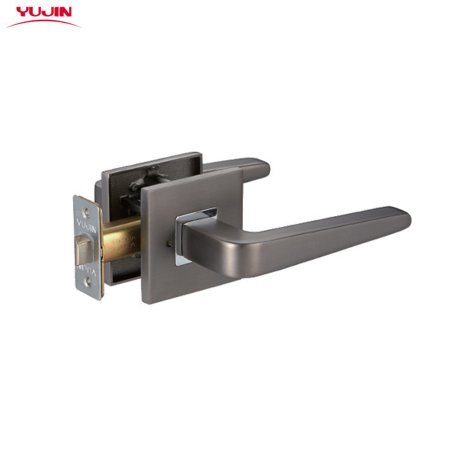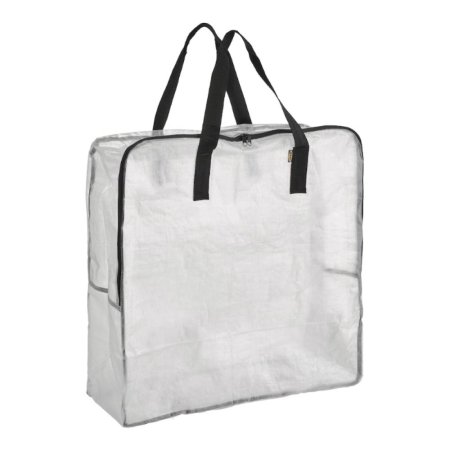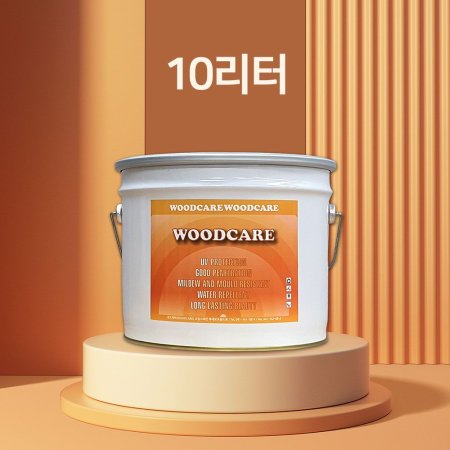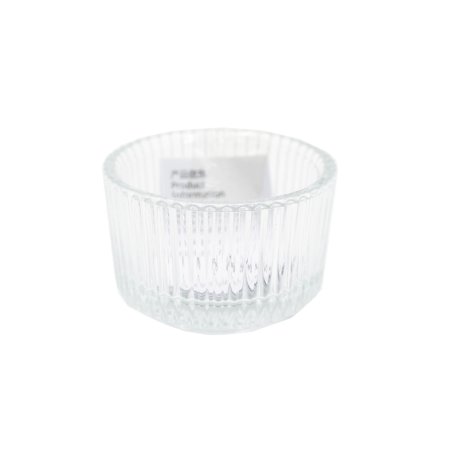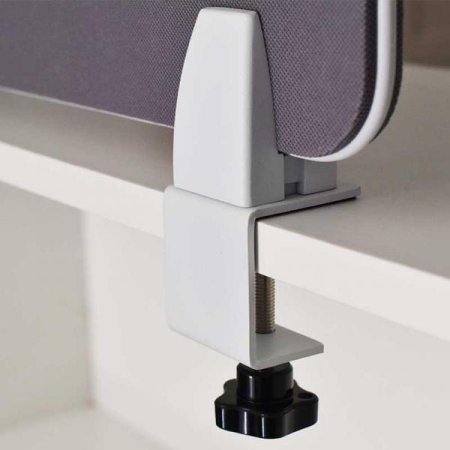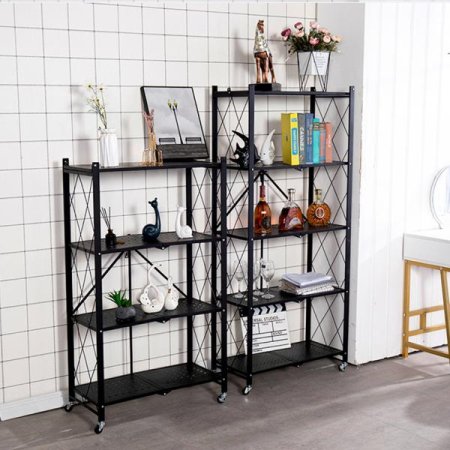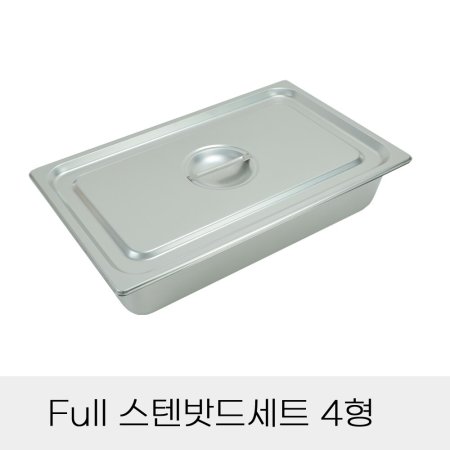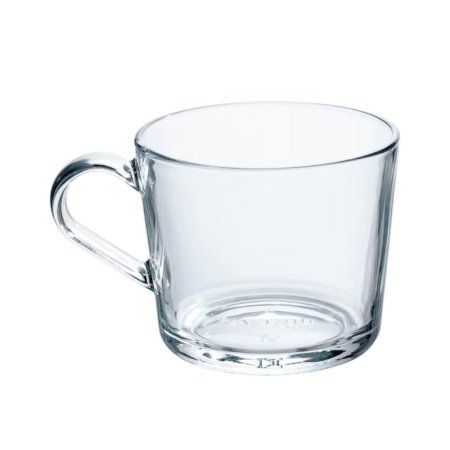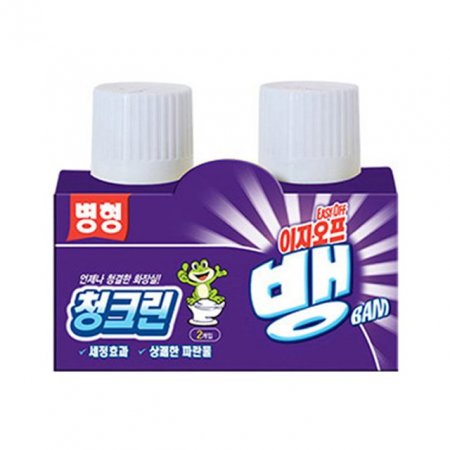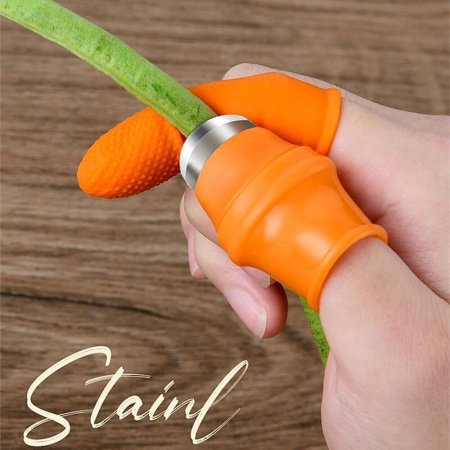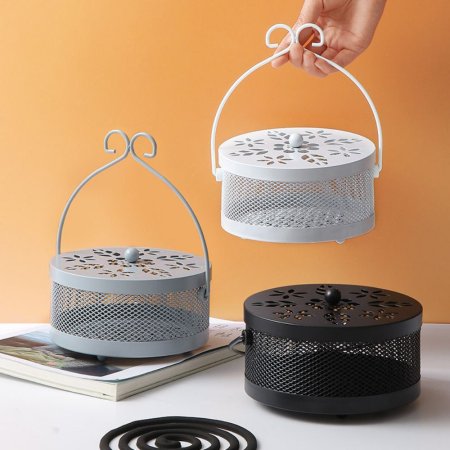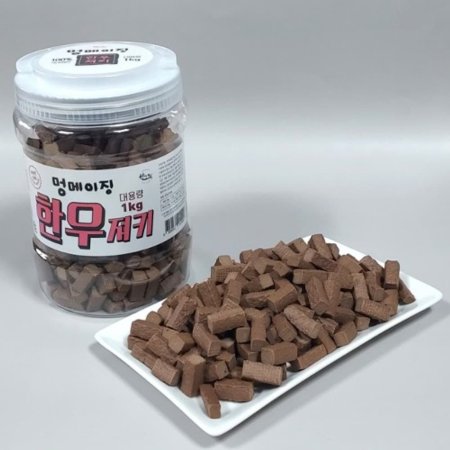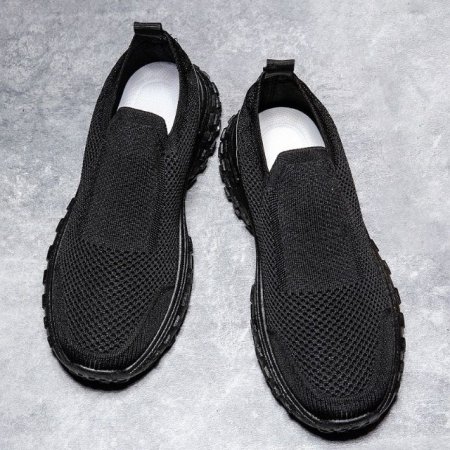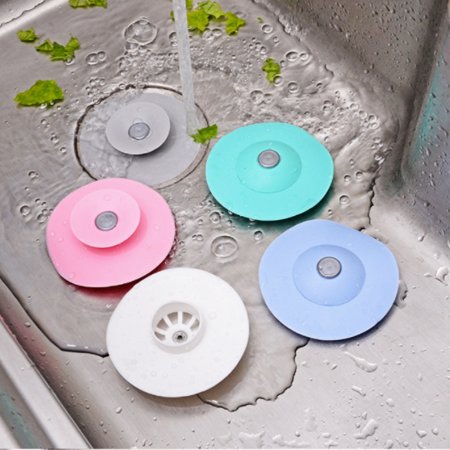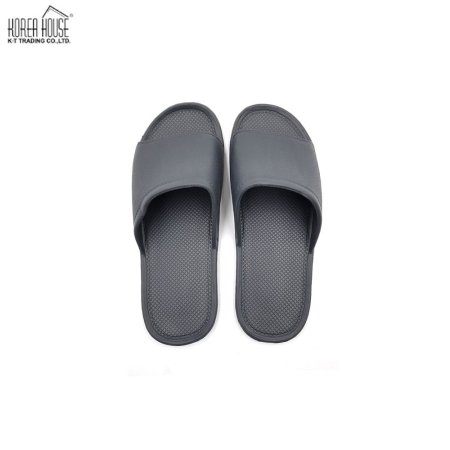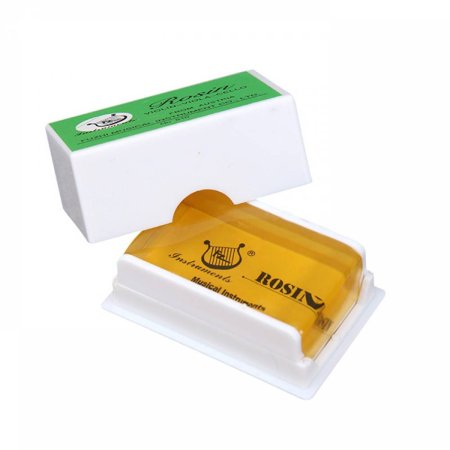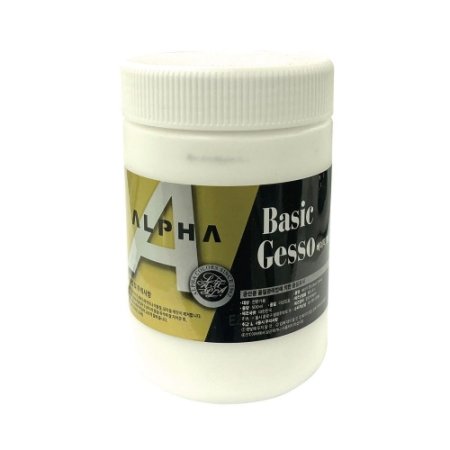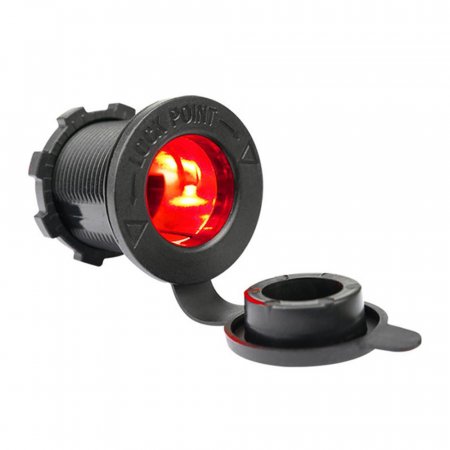[문화재청](국영문 동시 배포) 국립고궁박물관, ‘이달(3월)의 추천 유물’로 ‘난도?刀’ 소개

문화재청 국립고궁박물관(관장 김인규)은 ‘난도?刀’를 3월의 ’큐레이터 추천 왕실 유물‘로 정해 국립고궁박물관 지하층 상설전시장 ’왕실의례실‘에서 소개하고, 3월 2일부터 문화재청과 국립고궁박물관 유튜브로 온라인 공개한다.
* 문화재청 유튜브: https://www.youtube.com/chluvu
* 국립고궁박물관 유튜브: https://www.youtube.com/gogungmuseum
난도는 종묘 등 국가제사에 올리는 짐승을 잡을 때 사용하던 칼이다. ‘난’은 방울이라는 뜻으로, 『종묘친제규제도설병풍』 등의 그림에서 칼 손잡이 부분에 세 개의 방울이, 칼등과 칼코에 각 한 개씩 방울이 달려 있었음을 확인할 수 있다. 국립고궁박물관 소장 난도 두 점은 방울이 남아 있지 않지만 방울이 매달려 있던 구멍은 확인할 수 있다. 철로 만들어졌는데, 두 점 중 한 점에는 칼날과 손잡이 연결 부위, 손잡이에 은으로 무늬를 새겨 넣었다.
종묘제사에는 소·돼지·양을 잡아 각 짐승의 털과 피, 간과 창자 사이 기름 등을 제사상에 올렸다. 이렇게 올리는 짐승을 희생(犧牲)이라고 하는데, 왕이 직접 제사를 지낼 때는 그 상태를 직접 점검할 정도로 중요하게 여겼다. 희생을 잡을 때도 정해진 절차와 형식을 엄격히 따랐는데, 이때 사용하던 칼이 바로 난도다. 칼에 달린 다섯 개의 방울은 고대로부터 사용하던 다섯 가지 음계(궁·상·각·치·우)를 나타낸다. 난도를 흔들어 방울을 울리게 하며, 이때 음의 조화를 이룬 뒤에야 고기를 잘랐다고 한다.
잡은 희생의 털과 피는 넓은 쟁반 모양의 모혈반(毛血槃)이라는 제기에 담고, 간과 창자 기름은 간료등이라는 그릇에 담는데, 이때 간은 울창(鬱?)이라는 제사용 술로 씻었다. 제사상에 올리고 남은 털과 피는 깨끗한 그릇에 담아두었다가 제사가 끝나면 땅에 잘 묻었다. 난도는 제사를 지낼 때 배향자에 대한 극진한 예우와 후손의 공경심을 드러내는 도구였다.
* 울창(鬱?): 튤립을 넣어 만든 자줏빛 술
전시는 관람인원을 제한하지 않지만 코로나19 확산 방지를 위해 방역수칙을 준수하는 가운데 진행된다. 또한, 직접 방문하지 않아도 국민 누구나 볼 수 있도록 국립고궁박물관 누리집(gogung.go.kr)과 문화재청과 국립고궁박물관 유튜브에서 국·영문 자막과 함께 해설영상도 공개한다.
The National Palace Museum of Korea Presents “Butchering Knife for Ritual Offerings” as the Curator’s Choice for March
- A Knife for Sacrificing the Animals Offered at Rites at the Jongmyo Shrine to Be Presented in the Gallery and Online / Starting March 2 -
The National Palace Museum of Korea (Director: Kim In Kyu), an affiliate of the Cultural Heritage Administration of Korea, has selected the “Butchering Knife for Ritual Offerings” as its “Curator’s Choice from the Royal Treasures” for the month of March. In addition to being displayed in the Royal Rituals of the Joseon Dynasty Gallery on the basement floor of the museum, it will be presented virtually in a YouTube broadcast on the channels of the Cultural Heritage Administration and the National Palace Museum of Korea starting March 2.
* National Palace Museum of Korea YouTube: https://www.youtube.com/gogungmuseum
** Cultural Heritage Administration YouTube: https://www.youtube.com/chluvu
The Butchering Knife for Ritual Offerings is a knife that was used for sacrificingthe animals offered at the state rites performed at official venues, including the Jongmyo Shrine. This type of knife is known as a nando in Korean (the first character nan signifies ‘bell.’) Illustrations such as the Folding Screen of Illustrated Instructions for Rites Held at the Royal Ancestral Shrine indicate that sacrificial knives of this type featured three bells on their hilts and one each at the spine and tip. The two examples of this kind of knife housed at the National Palace Museum of Korea have both lost their bells, but the holes through which they were attached are clearly visible. They are made primarily of iron, but one of the knives features a design inlaid in silver on the hilt and the area connecting it to the blade.
Cows, pigs, and lambs were slaughtered for rites performed at the Jongmyo Shrine, and their fur, blood, livers, and intestinal fat were offered on a ritual table. The sacrifices presented at rituals were an important part of the rites performed at the Jongmyo Shrine, much so that the king inspected the condition of the offerings prior to the rites that he conducted. Animals were sacrificed only in accordance with strict procedures, and this butchering knife was used on such occasions. The five bells attached to the knife indicated the five notes―gung, sang, gak, chi, and wu―that were recognizedstarting in ancient times. The knife was wielded to sound the bells, and it is said that the animal was cut only when the sounds of the bells struck a harmony.
The fur and blood of the sacrificed animal were placed in a wide tray-like ritual vessel known as a mohyeolban. The liver and intestinal fat were set in a vessel known as a gannyodeung after the liver had been rinsed with a ritual liquor known as ulchang. The remaining fur and blood were placed in a clean vessel and carefully buried after the performance of the rite. The Butchering Knife for Ritual Offerings reveals the deep respect offered by descendants towards their ancestors when performing memorial rites.
Although there are no restrictions on the number of visitors allowed in the gallery, all visitors to the museum must abide by the requirements in place to reduce any potential spread of COVID-19. Those who are unable to visit the gallery in person can still enjoy this month’s Curator’s Choice virtually through a video with Korean and English subtitles available on the museum’s website (gogung.go.kr) and on the YouTube channels of the museum and of the Cultural Heritage Administration of Korea.
[자료제공 :











